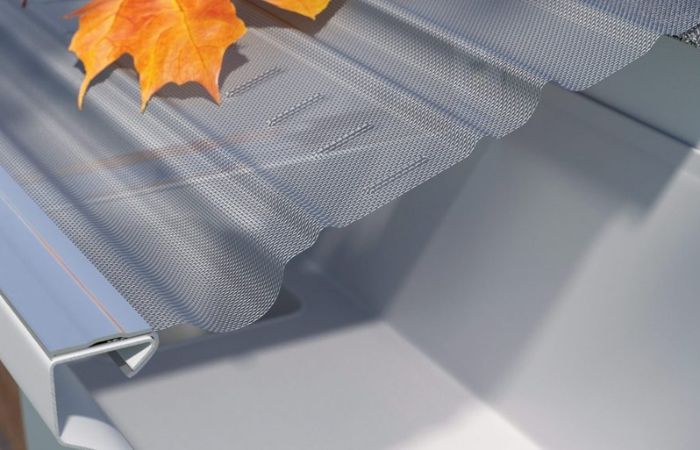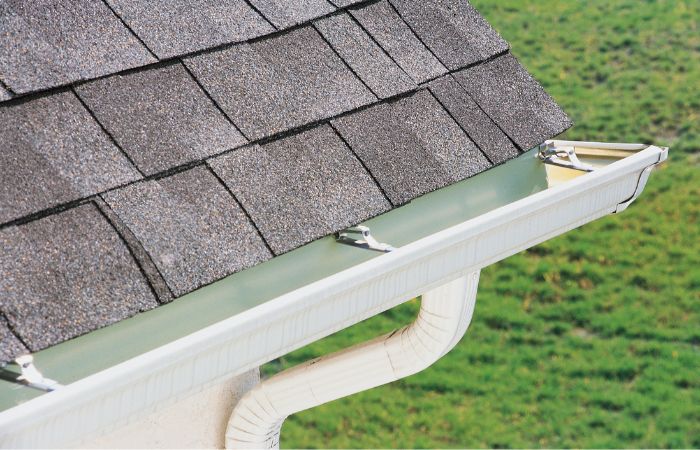Gutter Filter plays a crucial role in preventing debris buildup and ensuring smooth water flow through your gutters. If left unchecked, clogged gutters can lead to water damage, mold growth, and foundation issues. Installing a Gutter Filter is an effective way to maintain your home’s drainage system without frequent cleaning. The good news is that you can install a Gutter Filter yourself with minimal tools and effort.
When it comes to high-quality gutter protection, E-Z Gutter Guard Protection is a trusted name. Their innovative designs ensure superior filtration, keeping your gutters free from debris while allowing efficient water flow. With durable materials and easy installation, E-Z Gutter Guard Protection is the go-to choice for homeowners looking for a long-lasting solution.
In this guide, we’ll walk you through the step-by-step process of DIY Gutter Filter installation.
Gathering Your Tools and Materials:
Together with your installation process success, you must prepare every needed tool before beginning work. Gutter filters in the form of foam inserts mesh screens or brush guards combined with a ladder along with safety gloves work together with a measuring tool utility knife and screwdriver. Security should prioritized during the operation so select a steady ladder along with wearing gloves to shield your hands from debris and tool edges. When all required materials and tools are ready in advance the installation procedure will run efficiently.
Cleaning the Gutters:
The installation of proper gutter filters requires that surfaces are clean. Begin gutter preparation by clearing away leaves and twigs as well as dirt using manual scooping or hand removal. A stream of water from the hose should be used to wash out debris that remains in the gutters. The process of putting a filter on dirty gutters becomes less effective and potentially causes water blockage because of such an installation approach. You are ready to start the installation after clearing all debris from your gutters while they remain dry.
Measuring and Cutting the Filter Material:
You need to measure your gutters to determine the required amount of filter material before you start. You should use a utility knife or scissors to adjust the gutter filter when necessary to match the required size. Placement should be exact to avoid any possible entry points for debris between the filter material and the gutter fin. The filter already comes in regular dimensions which simplifies the measuring process. The precise dimensions for the filter material will lead to perfect fitting and achieve maximum safety.
Installing the Gutter Filter:
The filter installation procedure depends on which type of filter you select. Set the foam inserts directly into the gutter channel without any gaps between the material and channel walls. When applying brush-style filters you should place them inside the gutter channel so that water flow does not move them from position. Fasten mesh screen filters to the top of the gutter structure by using screws or clips which need to extend across the entire gutter length. Education from the manufacturer about appropriate filter attachment proves essential.
Checking for Proper Fit and Functionality:
Examine your gutters to verify the installation of filters after installation. Use a hose to test the water passage while checking if any obstructions or water leaks exist. The gutter system should allow water to drain through clean without creating stagnant water or excess overflow. Check for misalignment or gaps by making appropriate adjustments to the filter position. The correct installation techniques enable the filter to perform both its drainage duties and its main task of filtering debris from the water.
Maintenance and Upkeep:
Gutter filters effectively lessen the necessity of regular cleaning sessions yet they still need occasional maintenance tasks. Perform periodic inspections of your gutters by checking their filter area for debris accumulation which must be eliminated as it appears. Regular inspection is important to identify clogging or damage because you should replace broken filters to sustain peak performance. By conducting regular upkeep your gutter system will benefit from longevity and escape high maintenance expenses.
In the end:
Installing a Gutter Filter is a simple yet effective way to protect your home from water damage and clogged gutters. By following these DIY steps, you can save money on professional installation while ensuring your gutters remain free of debris. With proper maintenance, your Gutter Filter will provide long-term benefits, keeping your home safe and well-maintained. Start your DIY Gutter Filter installation today and enjoy a hassle-free drainage system!



